Oc Eo - the name of a mound in My Lam village, Kien Hao commune, Rach Gia province (now Oc Eo commune, An Giang province), and Ba The is one of the big mountains in the western region of Hau river.
In 1942, the French archaeologist Louis Malleret first surveyed the Oc Eo area and found a 1m high brick wall, 4 sandstone slabs with mortise holes lying around; Linga statue lying in the mud at Cay Trom hill. At Go Cay Thi and Go Oc Eo, traces of an ancient temple were discovered.
The Cay Thi A mound relic is located on Oc Eo field, about 4-5m higher than the surrounding low-lying rice fields.
During the 3 months of the dry season in 1944, Louis Malleret continued to excavate the relic of Mound Cay Thi. Thanks to the survey and excavation activities, this archaeologist determined that the city of Oc Eo had a large rectangular shape, 1,500m long and 300m wide.
Louis Mallret's excavation research activities at Oc Eo - Ba The had to stop that year because of the complicated war situation in Vietnam at that time. This activity was only resumed after 1975.
Over the past decades, excavations here have brought to light a large number of relics and artifacts vividly demonstrating the history of the formation and development of the Oc Eo culture. Thereby proving that Oc Eo was a large, bustling and most famous urban center of the Kingdom of Funan (existing from the 1st to 7th centuries AD).
Oc Eo Cultural Exhibition House preserves hundreds of relics.
Mr. Tran Thien Kham - Head of Professional Department (Oc Eo Cultural Relic Management Board) said that Oc Eo - Ba The relic is more than 430 hectares wide, divided into 2 areas.
Area A is on the slopes and foot of Ba The mountain, with an area of nearly 144 hectares. The relics are distributed in high density in areas with an altitude of 5-20m above sea level such as: Linh Son Tu, Nam Linh Son Tu, Linh Son Bac, Go Sau Thuan, Go Ut Trach, Go Sau Thang.
Area B in Oc Eo field, area of over 289 hectares with relics such as Oc Eo mound; Cay Thi A, B mound; Giong Cat mound.
Here, tens of thousands of artifacts are collected such as statues of gods, fine art objects, jewelry, household and production utensils, means of transport, architectural materials, ancient coins... with many different materials and types.
Of these, 10 artifacts are recognized as national treasures. These are the Linh Son Bac Buddha relief, Khanh Binh stone Buddha statue, Giong Xoai wooden Buddha statue, Giong Xoai Brahma statue, Linga-Yoni set, Linh Son Linga-Yoni set, Giong Cat Nandin ring, Mukhalinga Ba The, Linh Son Bac Buddha statue head and Cay Tram mound jar tomb.
The head of the Linh Son Bac Buddha statue and the Linh Son Bac Buddha relief were found during the excavations.
According to the An Giang History Museum, the outstanding value of this relic site is the establishment of a clearly structured and complete urban area, the earliest in Southeast Asia. In which, the top of Ba The mountain is the center of religion and power, while the foothills and fields of Oc Eo are the residential, production and trading areas.
Therefore, in 2012, the Prime Minister ranked Oc Eo - Ba The as a special national relic. In addition to preserving, protecting, embellishing and promoting the good values of the relic, the People's Committee of An Giang province is urgently completing the dossier and submitting it to UNESCO to recognize Oc Eo - Ba The as a world cultural heritage.
Source: https://vietnamnet.vn/thanh-pho-co-he-lo-nguon-goc-nen-van-hoa-oc-eo-2431773.html




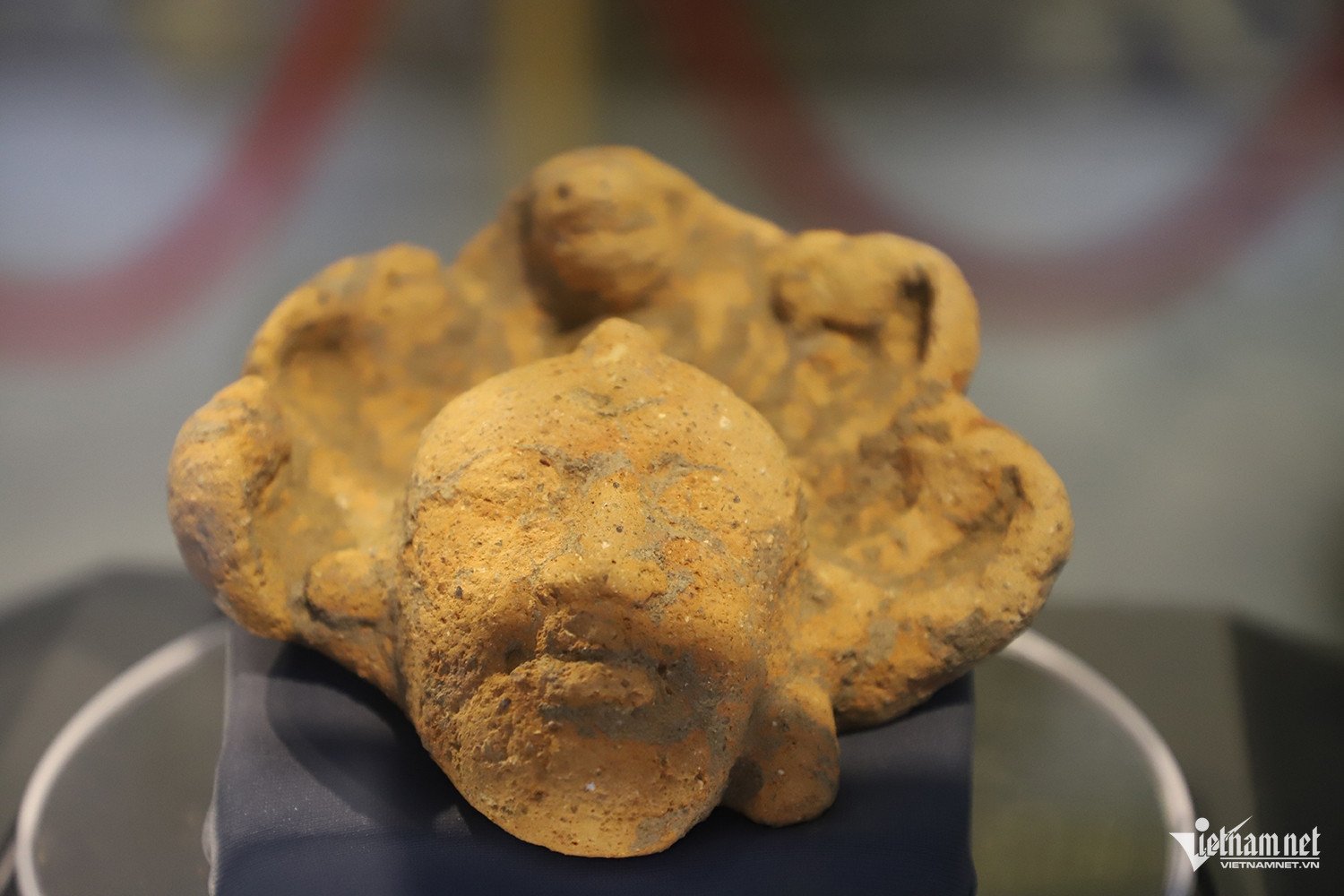
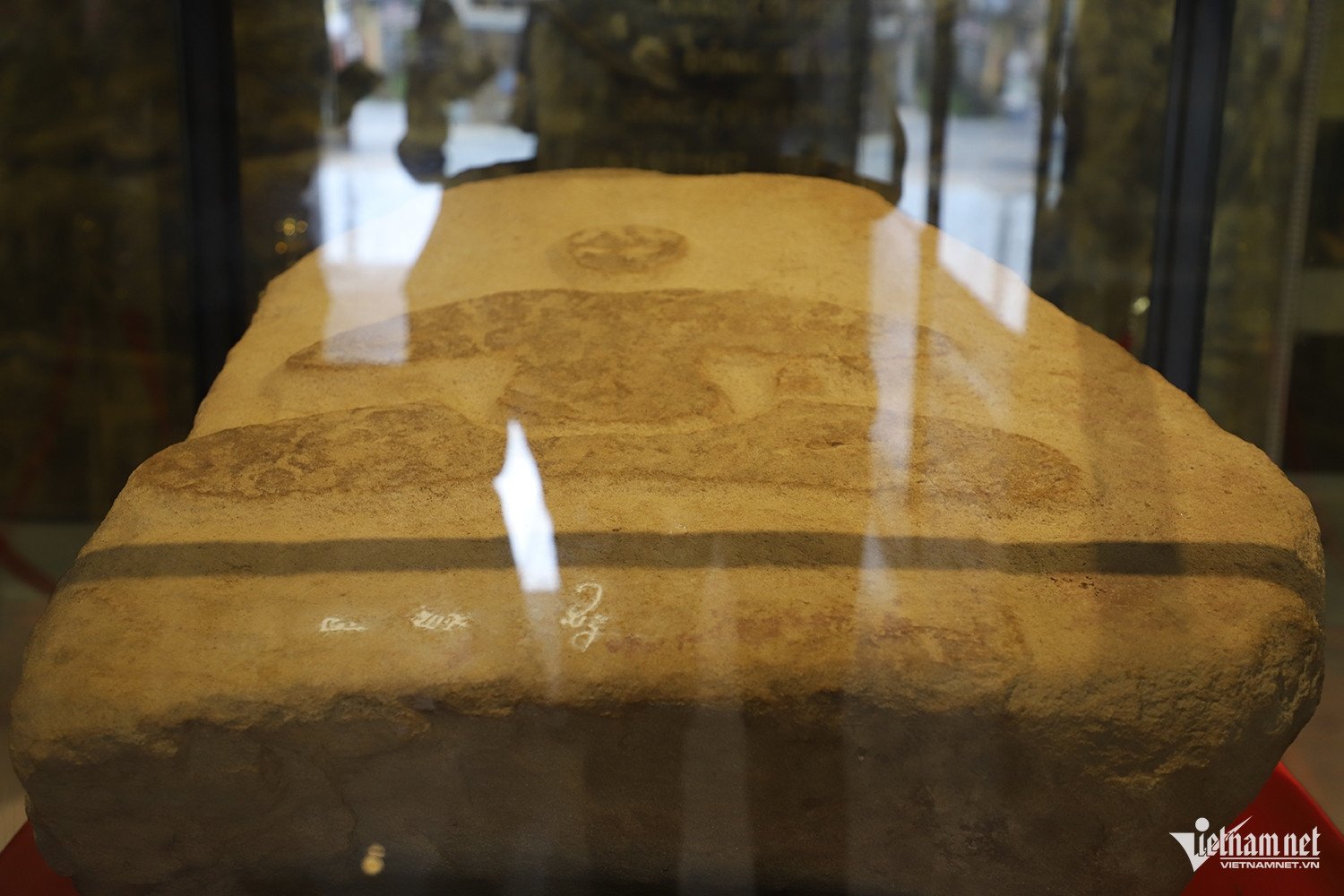



![[Photo] President Luong Cuong receives US Secretary of War Pete Hegseth](https://vphoto.vietnam.vn/thumb/1200x675/vietnam/resource/IMAGE/2025/11/02/1762089839868_ndo_br_1-jpg.webp)

![[Photo] Lam Dong: Images of damage after a suspected lake burst in Tuy Phong](https://vphoto.vietnam.vn/thumb/1200x675/vietnam/resource/IMAGE/2025/11/02/1762078736805_8e7f5424f473782d2162-5118-jpg.webp)
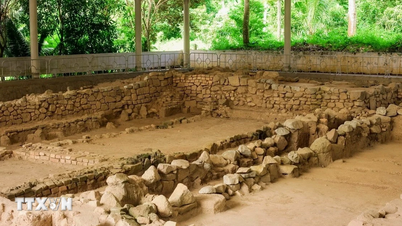

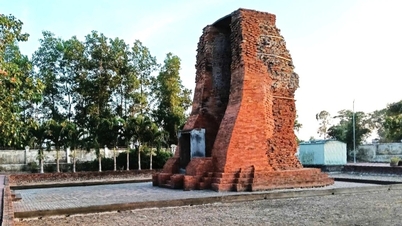



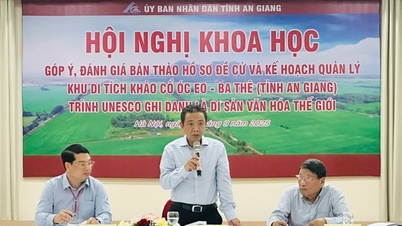








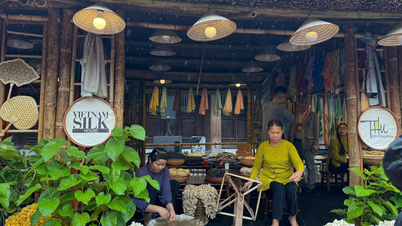



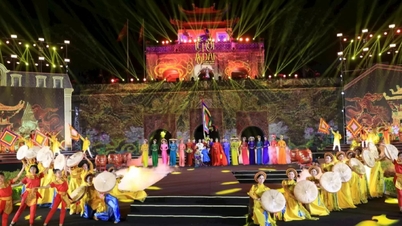

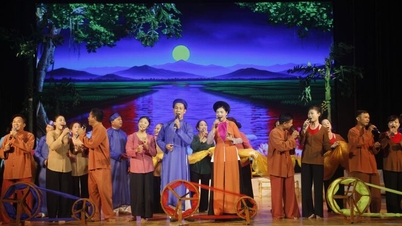






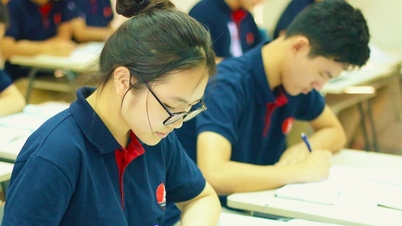
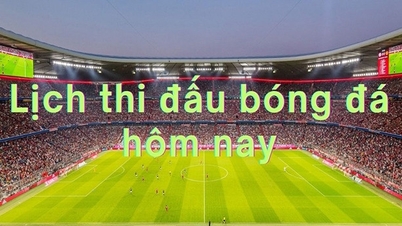
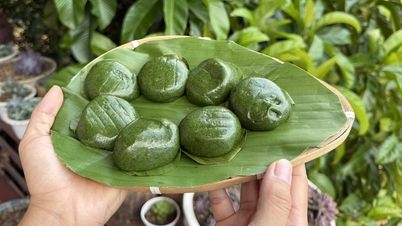



















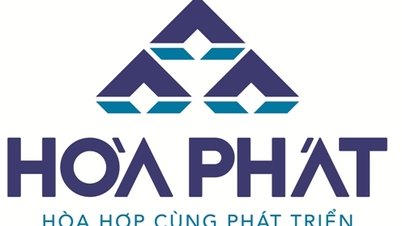














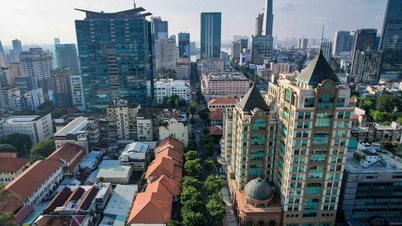

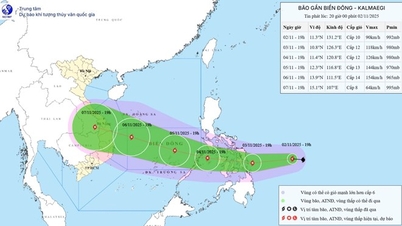




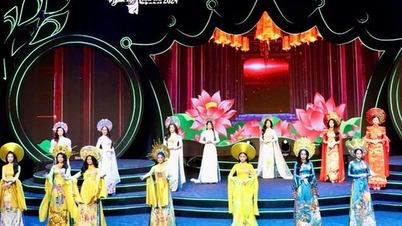




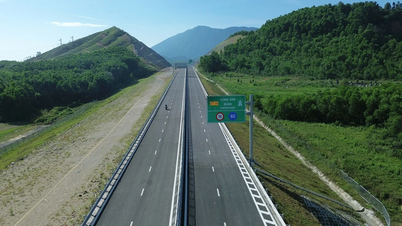

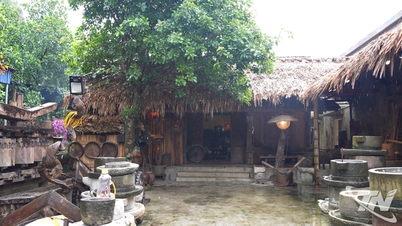



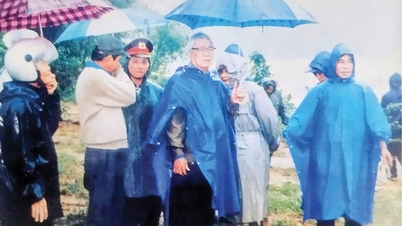














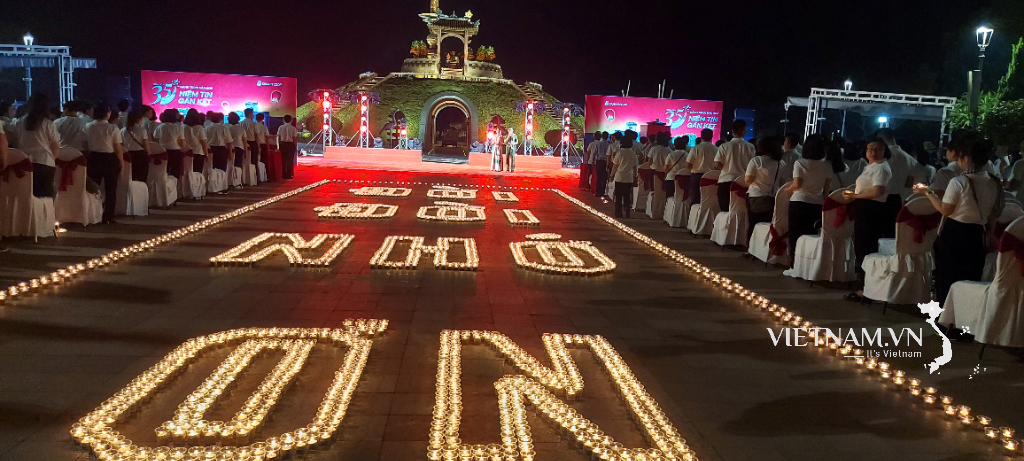
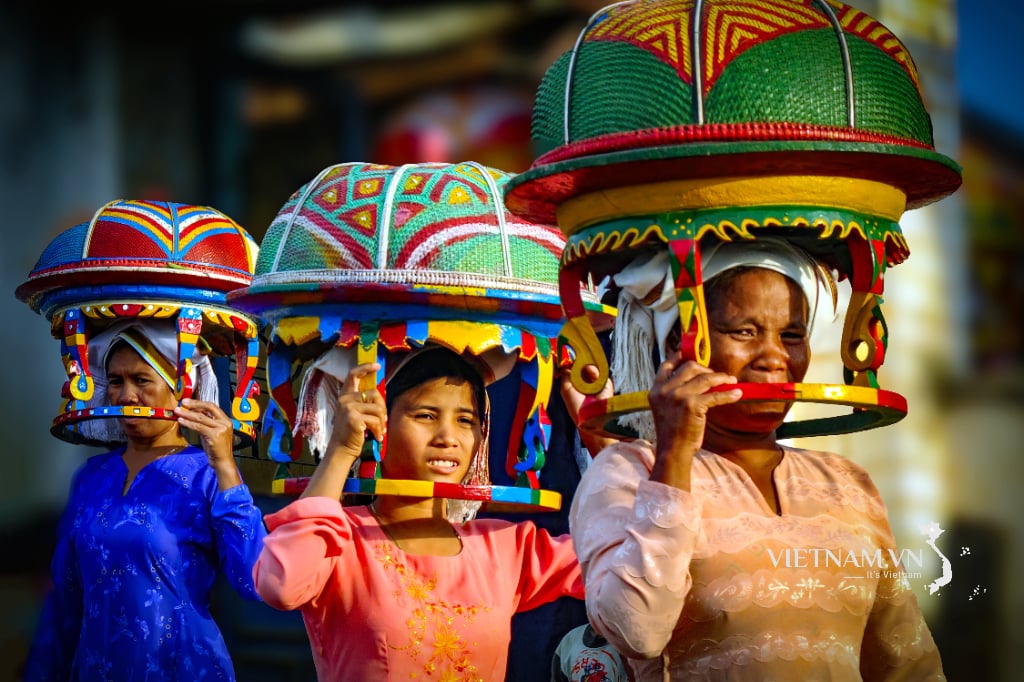

Comment (0)